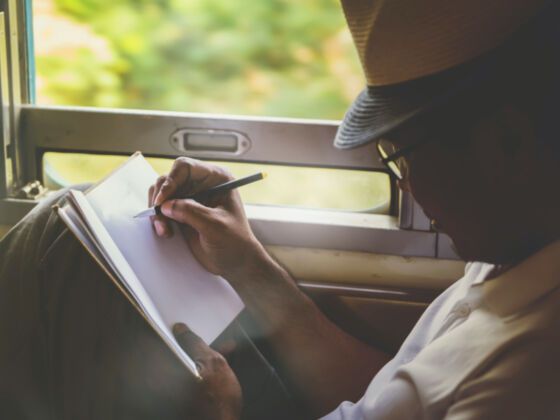I WILL ALWAYS be learning about how to become a better travel journalist.
I’m no expert, but one of the great things about journalism is that there are no experts; the best travel journalists are curious, engaged people who are always ready to learn something new.
